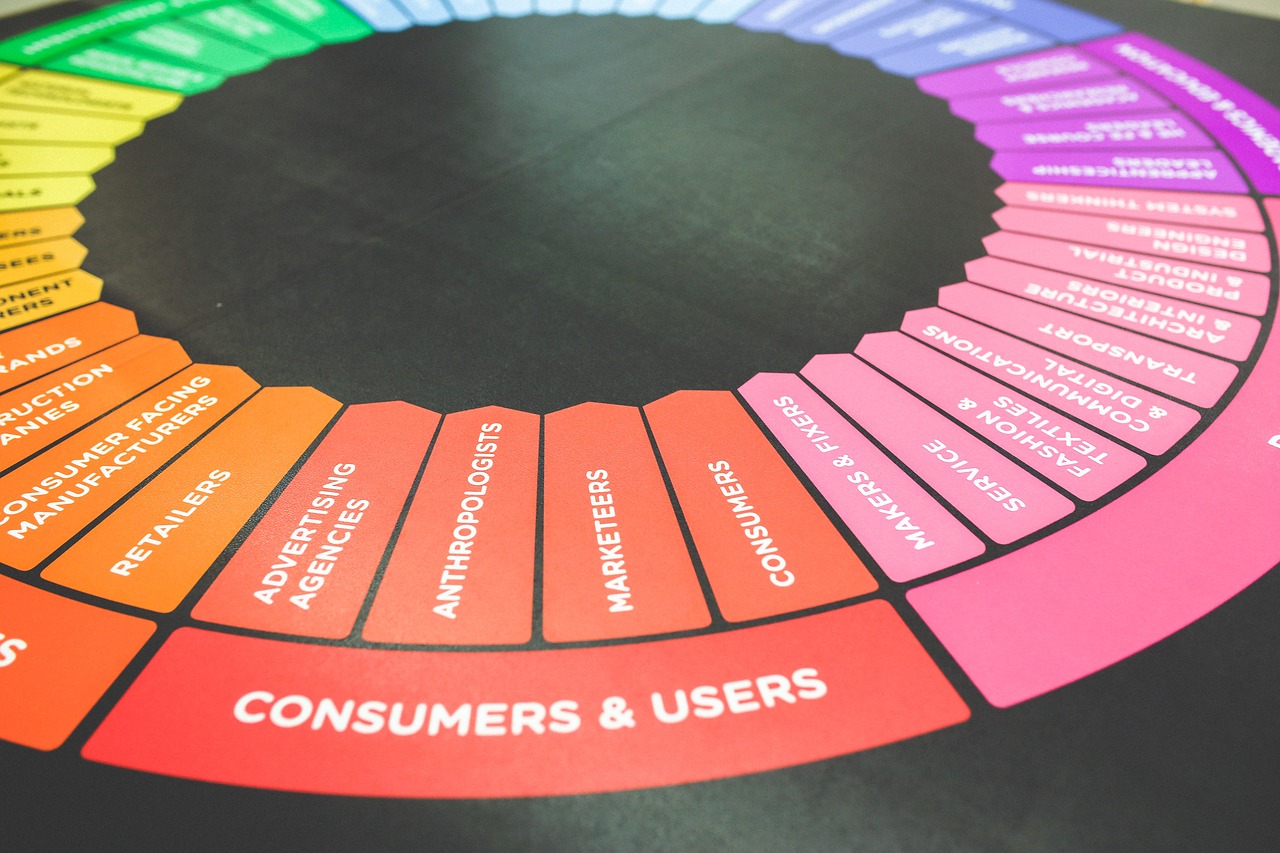Users Simulate Future Value of Micro-Investments

In an era defined by technological advancement and financial innovation, micro-investments have emerged as a compelling approach for individuals seeking to engage in the financial markets with minimal capital. As digital platforms democratize access to investment opportunities, users can now simulate and project the future value of their micro-investments with increasing accuracy and convenience.
Micro-investments, typically defined as small-scale investments made in financial markets, have gained traction globally. Enabled by fintech innovations, these investments allow users to invest incremental amounts, often as little as a few dollars, in a variety of asset classes including stocks, bonds, and exchange-traded funds (ETFs). This model is particularly appealing to younger generations and those new to investing, who are keen to participate in wealth generation without committing large sums of money upfront.
The ability to simulate the future value of these investments is a critical aspect of the micro-investment ecosystem. Users employ various digital tools and platforms offering predictive analytics and scenario modeling to estimate potential returns based on historical data, contribution patterns, and market trends. These simulations help users make informed decisions, aligning their investment strategies with personal financial goals and risk tolerance.
Globally, the adoption of micro-investment platforms has been robust. According to a report by Statista, the number of users engaging in micro-investment activities is expected to reach over 180 million by 2025. This growth is supported by the increasing availability of mobile applications and online platforms that offer seamless user experiences and advanced analytical capabilities.
The simulation of future investment value typically involves several key components:
- Historical Data Analysis: Platforms utilize historical market data to inform users about past performance trends of specific asset classes or individual securities. This analysis forms the backbone of predictive modeling.
- Algorithmic Forecasting: Advanced algorithms analyze various market indicators and economic factors to project future performance. These forecasts consider potential market volatility and macroeconomic influences.
- Scenario Modeling: Users can simulate different investment scenarios by adjusting variables such as contribution frequency, investment duration, and asset allocation. This feature helps in understanding the potential impact of different strategies.
- Risk Assessment Tools: Users are provided with risk assessment metrics that help gauge the potential risks associated with their investment choices, fostering informed decision-making processes.
Despite the technological advancements, users must remain cognizant of the inherent uncertainties in financial markets. While simulations provide valuable insights, they are not foolproof predictions. Users are encouraged to continually educate themselves about market dynamics and to consider professional financial advice when needed.
Regulatory bodies worldwide have recognized the significance of micro-investments in promoting financial inclusion. Initiatives are underway to ensure that these platforms operate transparently and that users are adequately protected. For instance, regulations in regions such as the European Union and the United States mandate strict compliance with investor protection standards, thereby fostering trust and reliability in the digital investment landscape.
In conclusion, as micro-investments continue to gain popularity, the ability to simulate future value serves as a powerful tool for users to navigate their investment journeys. By leveraging technology and data-driven insights, individuals can make strategic decisions that align with their financial aspirations, thus contributing to a more inclusive and equitable financial future.















